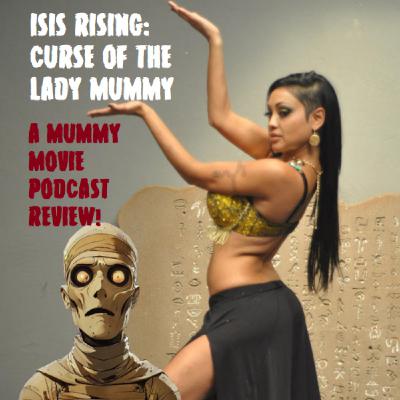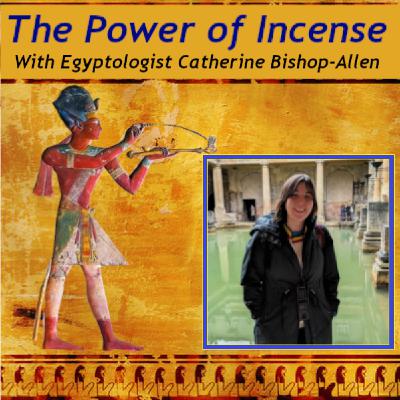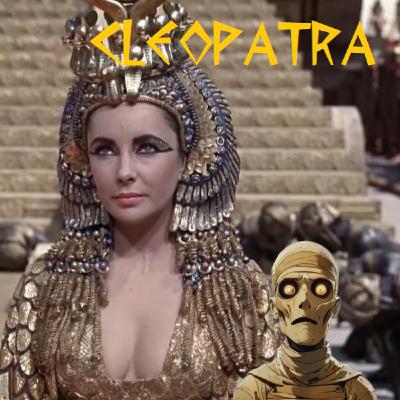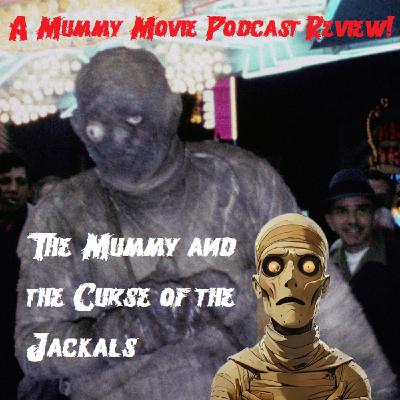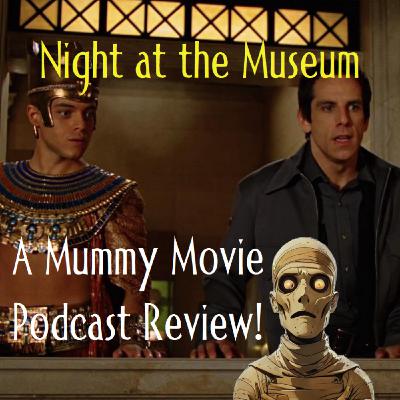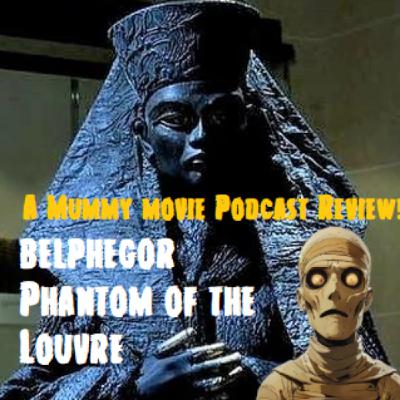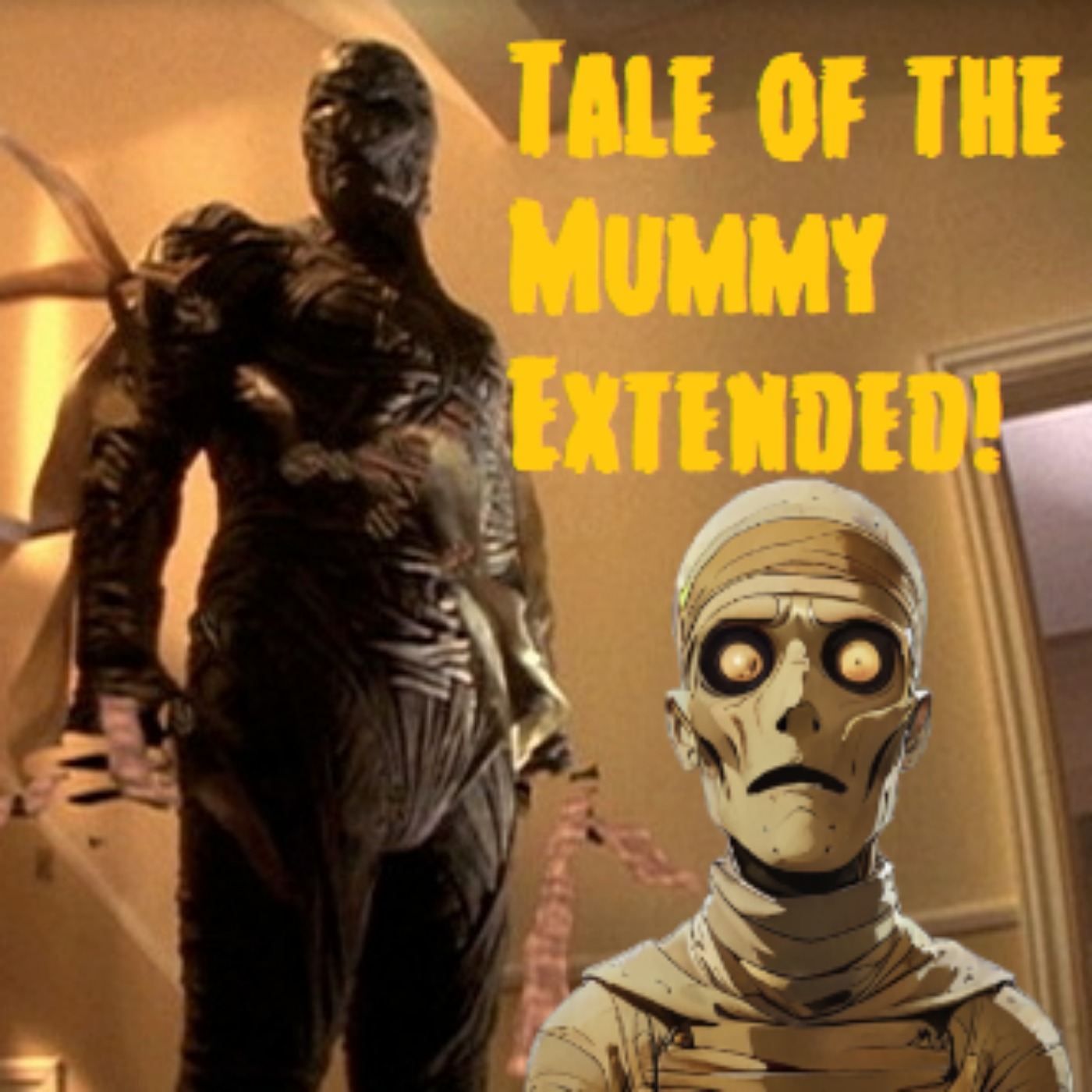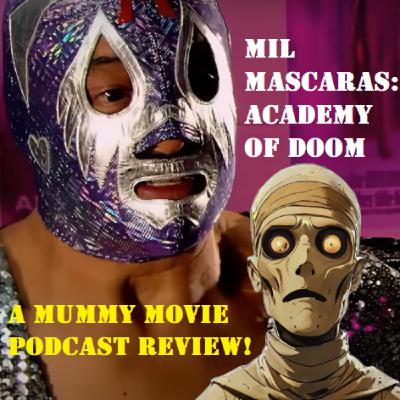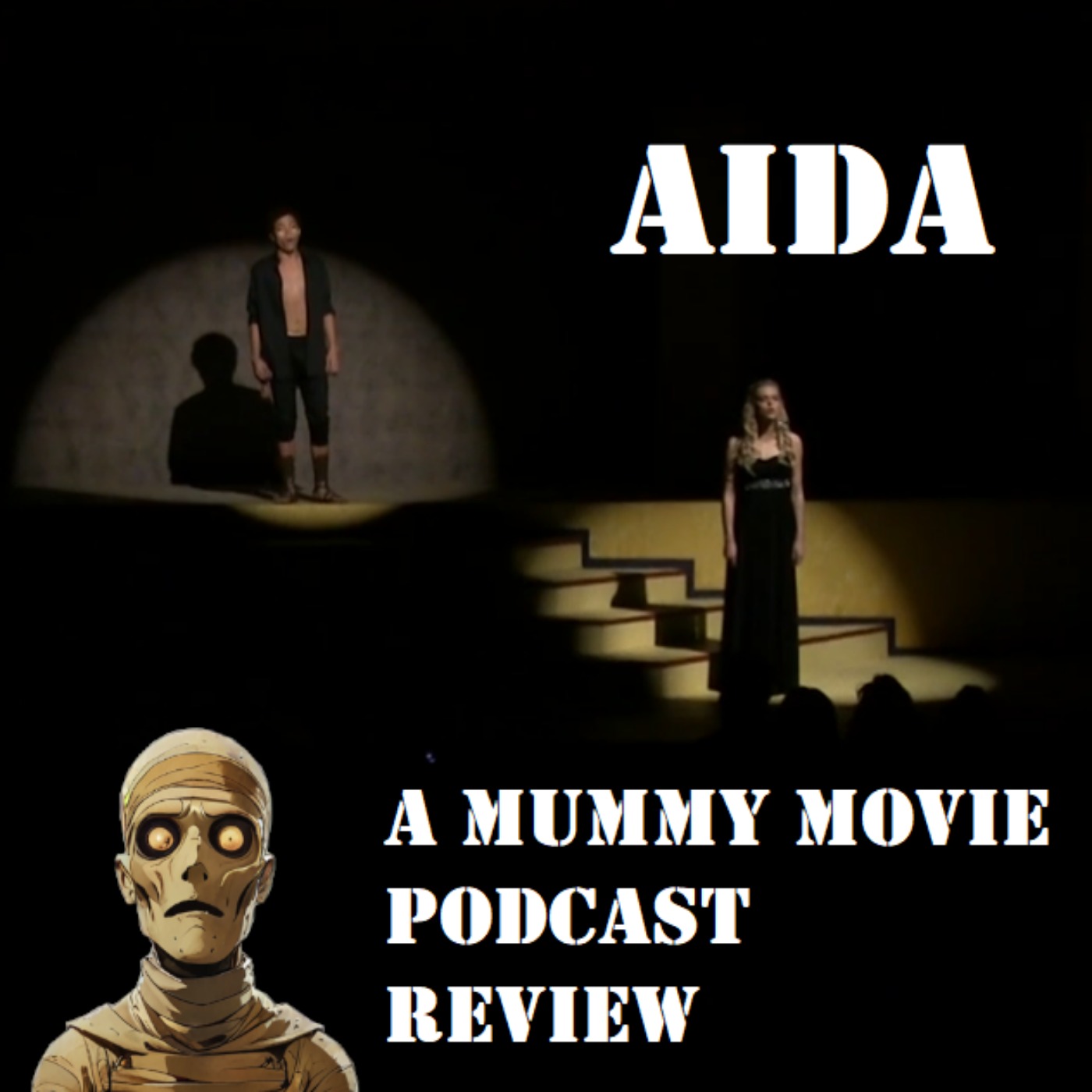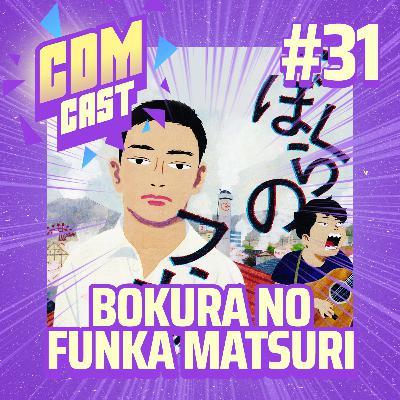
Mummy Movie Podcast
Author: Peter Rose
Subscribed: 11Played: 695Description
The Mummy Movie Podcast unearths the fascinating intersection of ancient history, Egyptology, and horror cinema. Hosted by a trained Egyptologist, ancient historian, and archaeologist with experience in Egypt and the UK, this podcast uses the iconic Mummy as a symbol of both ancient Egypt’s mystery and the terror that has captivated audiences for generations.
Each episode delves into films centred around subjects such as ancient history, Egyptian mythology, and classic horror, offering expert reviews and insightful commentary. Beyond movie analysis, the podcast explores the real historical contexts behind these films, examining how ancient cultures, myths, and archaeological discoveries have influenced popular culture and horror storytelling. Special episodes also dive deeper into world history and the real stories behind these cinematic adventures.
Whether you're a fan of history, horror, or both, The Mummy Movie Podcast brings you a unique blend of entertainment and education, unwrapping the mysteries of the past while shedding light on how ancient Egypt continues to inspire modern-day films.
Email: mummymoviepodcast@gmail.com
patreon: https://www.patreon.com/MummyMoviePodcast
Hosted on Acast. See acast.com/privacy for more information.


